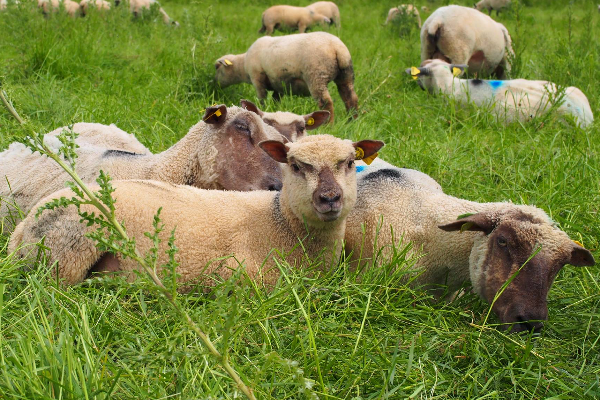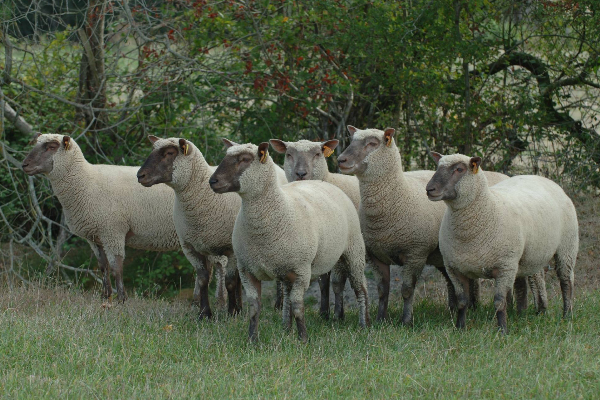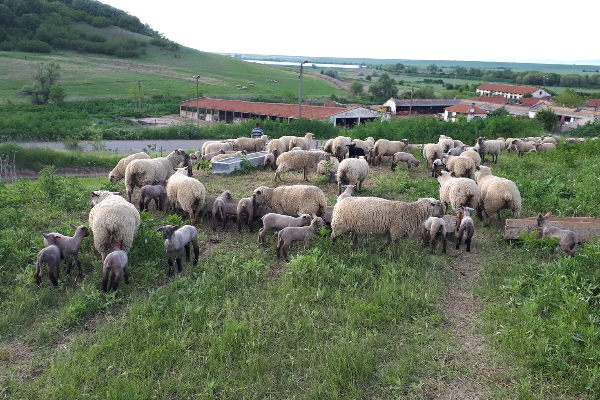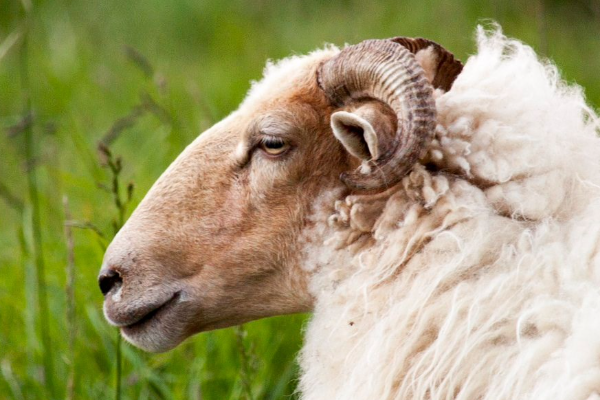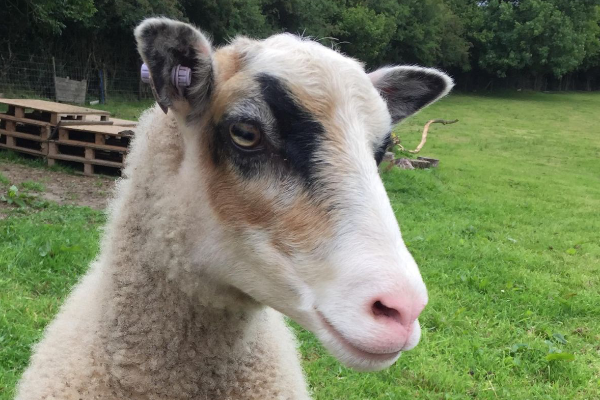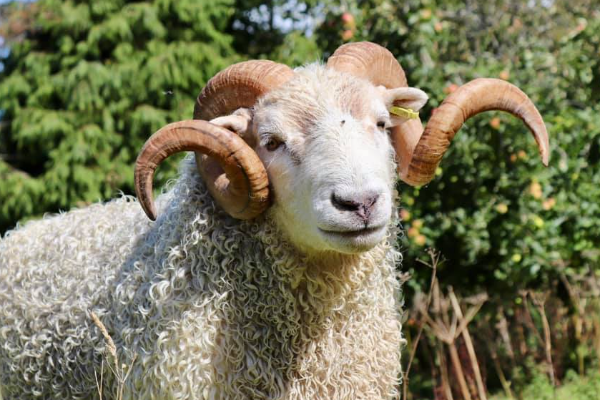Vendéen Sheep
What Is The History Of Vendéen Sheep?
The Vendéen breed has been known in the Vendée region of France for many centuries and is said to come partly from stock saved from the wrecks of the Spanish Armada. The breed’s native home area is located in the Pays de la Loire - Poitou- Charentes regions. These two regions have made the Vendéen well-adapted to temperature variations, as well as to alternating periods of drought and heavy rainfall.The breed is suitable for free-range farming systems, semi-free-range systems in which ewes come into the sheepfold shortly before lambing according to their physiological condition, and sheepfold systems for intensive breeding. Meat lambs are most often sheepfold-fattened.
The breed’s high prolificacy is combined with early sexual maturity, which allows lambing in the first year and early mating does not adversely affect ewe lamb careers.
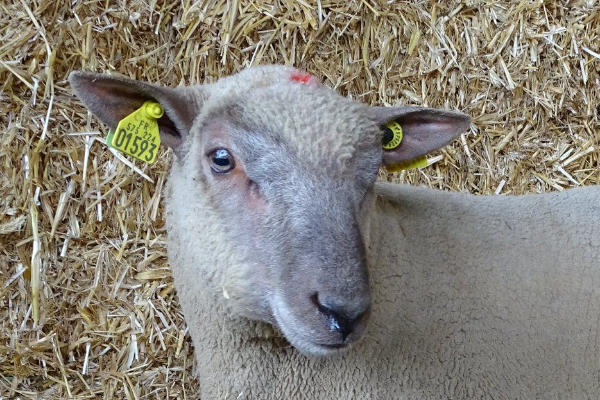
The meat production traits of the breed have gained a good reputation, resulting from good growth potential and excellent conformation. For these reasons, rams are often used for crossbreeding, which has extended the Vendéen’s popularity towards the Limousin, central France, the Midi-Pyrénées, etc. as well as internationally.
Modern Vendéen breed owes much of its character to the influence of Southdown rams that were introduced at the end of the 19th century. Since then the breed has been selected primarily to produce meat for the French market. A breed society was formed in 1967 and a group of sheep was exported to Britain in 1981.
What Are The Characteristics Of Vendéen Sheep?
- Vendéen is a medium to the large, polled breed of sheep with a brown face, and wool on the cheeks and head.
- The ears are large and fine.
- The nose is reasonably long and the muzzle broad.
- The body should be long with a broad back, well-sprung ribs, a strong loin, and a deep gigot.
- The legs should be of medium bone, lightly covered, and not too short.
- The fleece is an excellent quality, down type wool and is used for high-quality fabrics such as hosiery and dress materials.
- The average fleece weight is 3.5 kg of fine Down-type wool, with a staple length of 5 - 7 cm.
- The main purpose of the Vendéen is for the production of high quality lean meat of an excellent flavor from both purebred and crossbred sheep.
- Vendéen rams are used on a variety of breeds to produce a carcass of good conformation.
- Vendéen lambs are normally ready for market by ten to fifteen weeks of age with little additional feeding.
- This breed of sheep has been producing an average of two lambs per ewe and, most importantly, they are very long lived on average up to 8 crops or more, therefore a very low cost to the farmer over time.
- Vendéen ewes and many of their crosses breed naturally out of season without sponging, tups are eager workers.
What Is The Weight Of A Mature Vendéen Sheep?
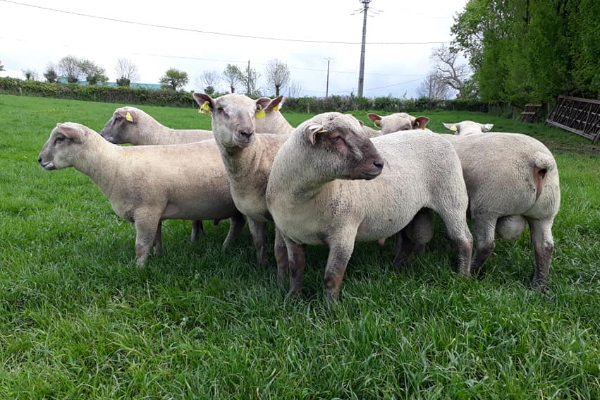
The average weight of Vendéen ewes at maturity is 70 - 90 kg and Vendéen rams weigh 100 - 140 kg.

Written by
H Cetin KATIRCI
Online ShepherdBreedsMore
IllnessesMore
Forage cropsMore
![]() Патологическая физиология голодания Arina TARAN
Патологическая физиология голодания Arina TARAN![]() Дефицит фосфора (гипофосфатемия) Hipofosfatemi Arina TARAN
Дефицит фосфора (гипофосфатемия) Hipofosfatemi Arina TARAN![]() Какие бывают кормораздатчики для ферм КРС? Irina Makarova
Какие бывают кормораздатчики для ферм КРС? Irina Makarova![]() Кормушки для овец Diana Myakisheva
Кормушки для овец Diana Myakisheva![]() Питание домашних коз: что едят, виды корма и правила кормления Alina Arslantürk
Питание домашних коз: что едят, виды корма и правила кормления Alina Arslantürk![]() Важность минералов питании сельскохозяйственных животных Irina Makarova
Важность минералов питании сельскохозяйственных животных Irina Makarova


